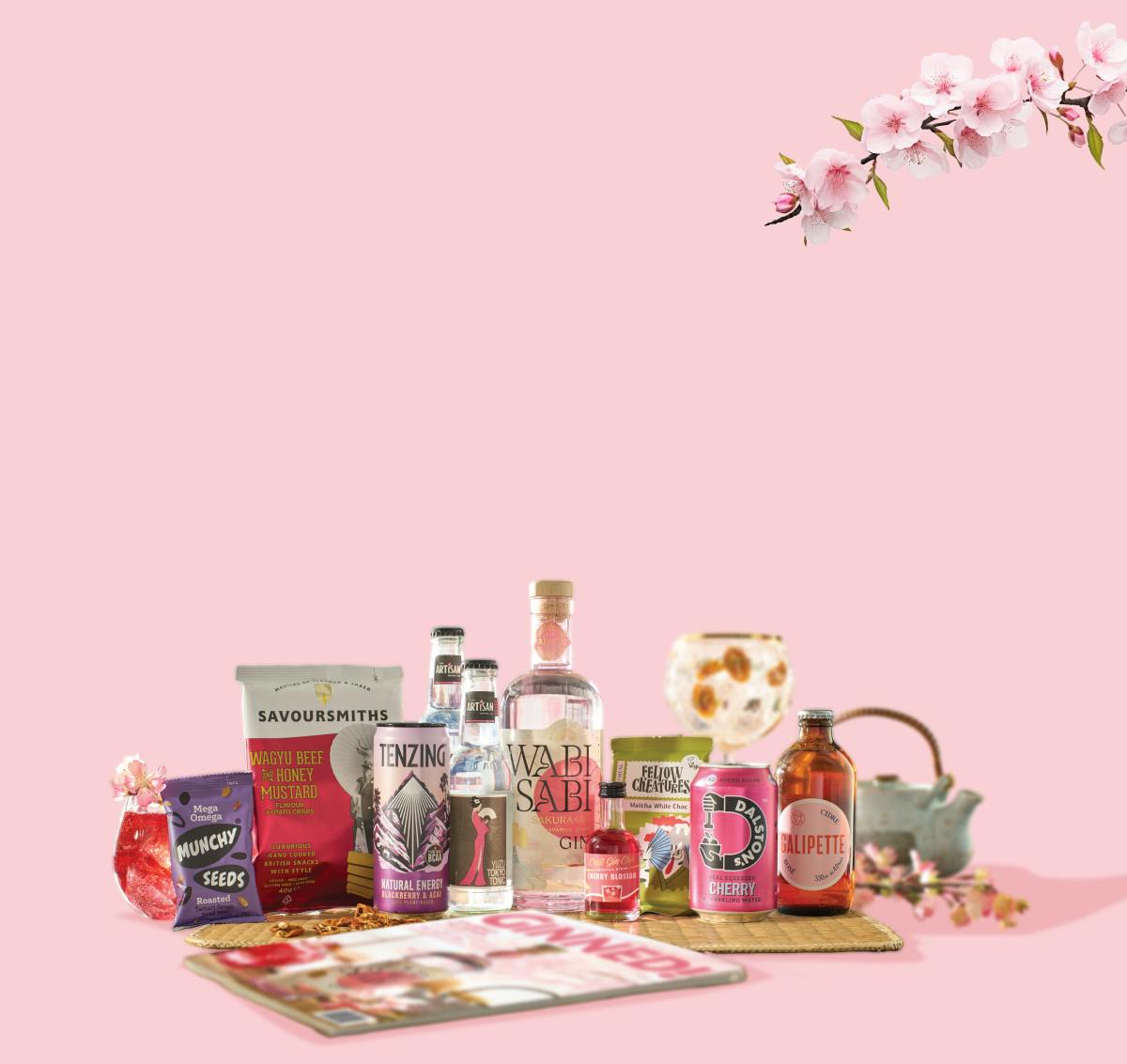Total flexibility, no commitment
A world of unique, crafted spirits
Easy, free and reliable delivery

Look what the cat dragged in - it's gin!
Below is an excerpt from GINNED! Magazine about our September 2015 Gin of the Month Burleigh's Gin. Every month, Craft Gin Club members receive a bottle of amazing small-batch gins such as Burleigh's accompanied by GINNED! Magazine which is full of features about the gin, the distillery and loads of fascinating features.
If you stumble upon a bottle marked “Old Tom Gin”, you’ll likely spot an image of a being you wouldn’t think to associate with spirits drinking: a cat.
A strange yet not uncommon mascot, pussies have adorned the labels of many a gin maker throughout history with those distillers believing that the kitty calling card was named after the feistiest of domestic felines, the tomcat, a theory that over the years appeared to make perfect sense on the surface.
But to drinks historians with more catlike curiosity, the tomcat argument has burned through its nine lives.
The first recorded instance in which a cat appears on a bottle of gin is in 1849 when Boord’s Gin - one of the world’s oldest brands dating back to 1726 that can still be found on the bargain shelf in the United States - created its “Cat and Barrel” label, a logo featuring a cat raising its paw whilst standing on a barrel perched on a ship’s bilge that it designed to brand its export products to Australia.
In 1903, Boord’s won a law suit it filed against a rival distiller that had adopted a similar logo to sell its own sloe gin because Boord’s logo had become so identifiable with the company itself that, according to the judge’s written decision on the case, it was fondly known as the “Cat and Barrel brand”.
The decision reads, “Other persons appear to have copied the Plaintiffs, and to have applied the figure of a cat’s head… or the whole figure of a cat, to gin,” continuing, “When this practice first commenced does not appear,” and that “… gradually the cat was adopted by various traders.”
Thus, at the turn of the century, in the glory days of classic cocktails, the tomcat had well-established its strong identification with gin. But Boord’s 1849 moonshine mouser arrived to the gin palace party over 100 years after the first firewater feline.
During the period of the Gin Acts of 1736 and 1751 - the laws conceived to curb the plague of gin drinking sweeping London at the time - a shyster who thought himself the cat’s whiskers named Captain Dudley Bradstreet devised a scheme to skirt the acts.
In his 1755 auto-biography The Life and Uncommon Adventures of Captain Dudley Bradstreet, the author - who wore several hats throughout his life including spy, criminal, playwright and entrepreneur - claims to have invented what became known as the “Puss and Mew Shop”, a quasi-secretive establishment where drinkers in the know could get their gin fix, in 1738.
Bradstreet secured a stock of gin from a legitimate distillery, rented a small establishment in an alley near what is today the Barbican Centre and hung a sign of a cat outside the place - effectively letting the cat out of the bag. The sign came equipped with a hole in the cat’s mouth and a lead pipe sticking out from under it’s paw, a pipe that led back through the wall and opened at the other end with a funnel.
Thirsty gin drinkers strolled by and whispered to the cat, “Puss, give me two pennyworth of gin.” If Bradstreet had gin at the time, he would respond, “Mew.” The punter would then slip a coin into the mouth of the cat, a payment which the Captain would acknowledge by pouring a dram of gin in the funnel which drained out the lead pipe under the cats paw into the buyer’s cup or mouth.
The trick proved so popular that Bradstreet wrote, “From all Parts of London People used to resort to me in such Numbers, that my Neighbours could scarcely get in or out of their Houses.” Those people, however, soon found Puss and Mew shops in their own neighbourhoods as others copied Bradstreet’s cunning ploy.
Despite the likely ubiquity of tom catlike signs during the era - it was estimated that at the height of the Gin Craze more than 1,000 distilleries operated illegally in London - Bradstreet never mentions “Old Tom” in his biography leaving most drinks historians to refute the idea that the term originated with the man of uncommon adventures.
Who the dickens is Old Tom?
In 1829 and 1836 famous illustrator George Cruikshank published separate engravings depicting gin shops. The 1936 version appeared in Charles Dickens’ book of short stories about everyday life, Sketches by “Boz”, and portrayed a conspicuous barrel with “Old Tom 549” painted on the side. In 1829, Cruikshank had not been as kind to the drinking classes: “Old Tom” growls at the viewer from the exterior of an over-sized coffin that dominates the gin-soaked scene.
But alas, growls are not purrs and Cruikshank’s illustrations, printed years before Boord’s Cat and Barrel, are absent of cats.
In the 1903 Boord’s decision, the justice acknowledges that “The precine (sic) origin of the term ‘Old Tom’ as applied to sweetened gin is lost in obscurity” and refers to one of the trial’s exhibits, “one of the early gin labels… (on which) the figure of ‘Old Tom’ appears as a human being.”
And here is where the curiosity of drinks historians really kills the cat.
One of London’s distilleries that endured from the late 18th century through the 19th was Hodge’s which sat Near Lambeth Palace. Hodge’s partner was distiller Thomas Chamberlain whose apprentice in turn was Thomas Norris. After his apprenticeship, Norris crossed the river to Covent Garden to open a gin palace supplied by Hodge’s Distillery. In hounour of his old boss, Norris named one of the gins his palace served “Old Tom”, himself being the younger of the two.
Chamberlain may very well be the “human being” to which the Boord’s decision justice refers, a justice that could have put to rest this mystery if he had been as curious as drinks historians. Thirty years before the ruling, British author, the Reverend Dr. Ebenezer Cobham Brewer, published the anecdote under the entry for “Old Tom - A specially potent gin,” in his 1870 work, Brewer’s Dictionary of Phrase and Fable, right before the entry for “Tom and Jerry”, a term which itself has since become synonymous with a cartoon cat.







